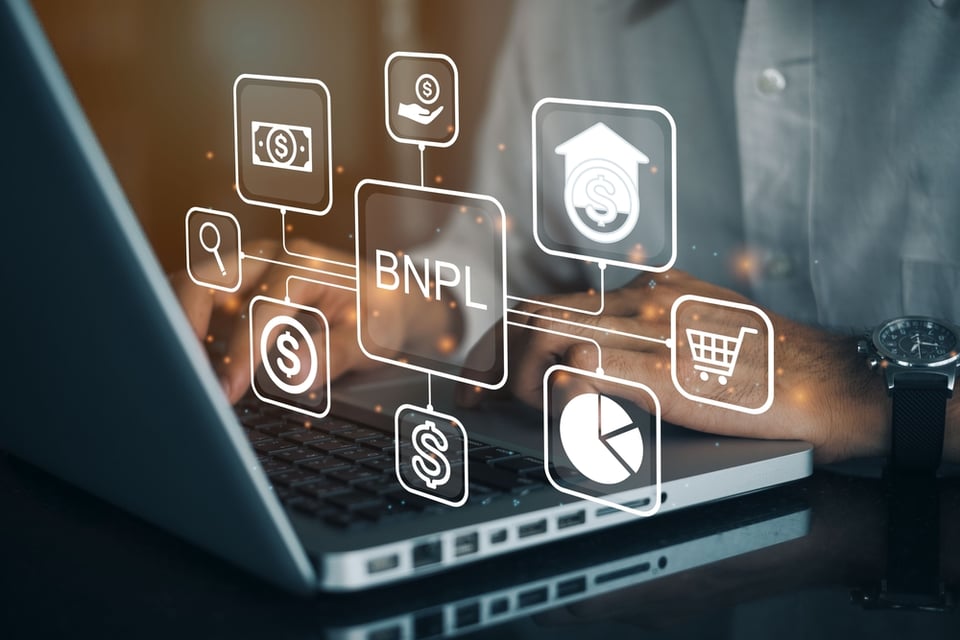Overcoming Technical Hurdles to Flexible Payment Processing
The hospitality sector has faced many challenges over the past few years, first with the initial COVID-19 outbreak, which brought travel to a standstill, and now with the highest rates of inflation seen in generations: 9.1% in July 2022. And some travel-related prices rose even higher; rental car rates are up 24% over last year and lodging prices saw one of the biggest upticks of any price category.
The massive hit to consumer budgets has hotels looking for ways to attract new guests and generate repeat business, but some relatively recent options for driving revenue are often overlooked in the hospitality sector. Flexible payments let guests pay the way they want to pay from wherever they are by accepting multiple payment types, including less widely used options like crypto and “buy now, pay later” (BNPL), which are growing in popularity.
BNPL may be especially attractive for high-end hotels during a time when inflationary pressures make it difficult for people with less discretionary income to book and pay the entire costs of a hotel stay all at once. With BNPL, guests can book the stay and pay it off over time, typically in four installments collected over a relatively short period.
A Seamless Guest Experience Across Devices
Hotels offering flexible payments can build guest loyalty by providing a seamless experience across all devices. Digital payment options make the transaction almost invisible to consumers — paying for the stay becomes so simple and painless that it’s removed as a barrier to making the purchase.
Sales increase when businesses take the friction out of buying. Think about Starbucks’ in-app order and payment option; it’s perfectly seamless, and while users weren’t asking for that choice when the company launched it as part of its digital transformation strategy, paying through the app was soon the coffee chain’s most popular payment option. A hotel that adopts a flexible payment approach could stand out in the hospitality marketplace in a similar way.
Flexible payment options can build guest loyalty by accommodating their payment preferences, but BNPL specifically can be a true game changer. BNPL can allow people who aren’t in the ideal customer profile in terms of disposable income to still pay upfront like any other guest via the BNPL provider without the hotel assuming the risk of nonpayment. It eases the burden on the consumer, so they’re able to afford more. In fact, BNPL has been seen to increase the average ticket spend by 30%-50%.
Flexible Payment Platform That Integrates POS
Before hotels can offer flexible payment options, they’ll need to have the software and hardware in place to accommodate new tender types and multiple payment types, which isn’t always an easy process. Therefore, hoteliers looking for a flexible payments solution will want to partner with a vendor that offers seamless integration with their point-of-sale (POS) platform.
Compatibility with the payment gateway and virtual terminal is also important – as is the ability to accept multiple cards and other payment types securely with PCI-compliant, multi-layered protection. Commerce tools to manage fraud and chargebacks are also critical to ensure the success of a flexible payments policy.
Vendor selection can make or break the hotel’s ability to implement a seamless experience to the customers paying how they want and from where they prefer. When considering vendors, ask about hospitality industry experience and the level of support the vendor offers. Make sure the vendor is forward thinking so they’ll be ready when new transaction technologies are released in the future.
Flexible payments can be a competitive advantage for the hoteliers that embrace the concept and proactively remove friction from the customer experience. Payment options like BNPL can increase the pool of potential customers significantly, but hotels will have to overcome the technical hurdles to make it work. The business leaders who do can start increasing revenue and building guest loyalty today, despite inflationary pressures.






